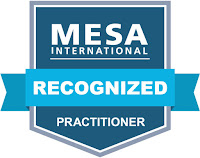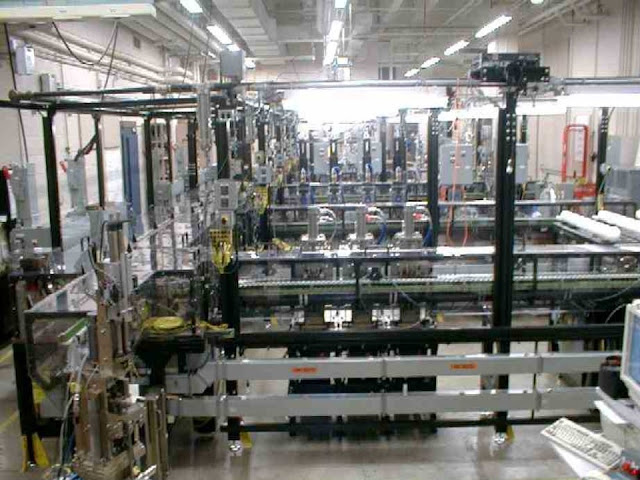Pizza party at your house,I went just to check it out
Nineteen extra larges, What a shame, No one came
Nineteen extra larges, What a shame, No one came
“A Complicated Song” by Weird Al
Yankovic
Let’s face it: the promises of Smart Manufacturing just
aren’t being realized by the majority of manufacturing organizations. For the
most part we aren’t seeing the improved productivity, optimized production,
higher levels of safety, enhanced security, accelerated decision-making,
reduced regulatory effort, or faster market response times that current
technology enables. Yet the trade publications continue to trumpet the coming
revolution; it’s not hard to understand why many consider it to be all marketing
hype by vendors who want to sell products.
The benefits of Smart Manufacturing are not phantasms – they
are very real. Many large manufacturers in automotive, food & beverage,
consumer goods, aerospace, and other industry sectors can testify to their success
implementing these techniques. But a vast majority of enterprises are small to
medium-sized businesses (SMB), and they perceive significant barriers to
applying new technologies which some of their larger contemporaries have resources
to overcome.
It isn’t unusual to find an organization with less than 100
employees that has no formal IT group. The application support they require is
provided by third parties and knowledgeable internal staff. You’ll hear things
like “Dave is our IT department” or “Mike is just a wiz with Excel”. These
organizations are able to function successfully with IT point solutions, using
applications like spreadsheets and personal databases to integrate point
solutions into an end-to-end system. Even though it is inefficient, this
unfettered pragmatism works well enough to enable them to compete in the
marketplace.
Just as with IT, many smaller manufacturers also have no
formal automation group. They rely on their machine builders and system
integrators to provide PLC/PAC programming, SCADA systems, and other
operational technology. You won’t usually find things like ISA88, PLCOpen, or
B2MML specified by these companies. Again, pragmatism is the key driver in the
requirements presented to third-party solution providers. If you ask them what
standards they demand in the systems in which they invest, the response is
typically “whatever the integrator decides is necessary”. Why would system
integrators adopt ISA/IEC/ISO automation standards if their clients aren’t
insisting they be used?
So here’s the situation in which most manufacturers (over
95% of all manufacturers are SMBs) find themselves: IT investments that were
not strategically managed and legacy automation systems that were built to no
consistent standards. (SMB’s shouldn’t get too distressed by this statement –
many of your larger competitors are in the same boat in spite of having
full-fledged IT and Automation departments). Now read the stories of Smart
Manufacturing through the eyes of an engineer or manager in one of these
companies. Connected Enterprise? IT/OT Convergence? Service-oriented
architecture? Industrial Internet of Things? None of these seem applicable to
their day-to-day operations. Is it any wonder the usual response is “You can’t
get there from here”?
SMB’s have one great advantage over larger manufacturers:
they can be extremely agile. What may be at first perceived as a barrier may in
fact be turned to a competitive advantage – with the proper direction. Larger
companies have a great deal more inertia than smaller ones: more machines, more
legacy, and more politics. SMBs can quickly navigate around impediments if the
benefits justify the effort. What’s missing from the big picture though is a
discussion of the “on-ramp” for SMBs – how do they engage with the technologies
which enable Smart Manufacturing – given their current state, competitive
position, and available resources?

















